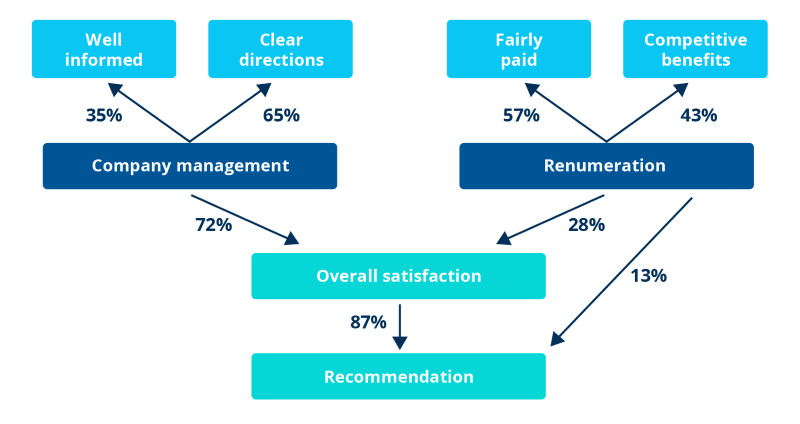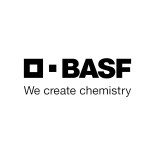Structural Equation Modelling (SEM) is a powerful statistical technique that helps businesses uncover hidden patterns, test theories, and validate models using real-world data. Whether you’re exploring customer satisfaction, brand perception, or pricing strategies, SEM gives you the tools to go beyond surface-level insights.
Structural Equation Modelling (SEM): A Smarter Way to Understand Complex Relationships
SEM combines multiple statistical methods – like regression analysis, factor analysis, and path modelling – into one unified framework. Unlike traditional approaches that build models from data (exploratory), SEM starts with a theory and tests it using data (confirmatory). This makes it ideal for validating complex models such as:
- Customer Relationship Management (CRM) frameworks
- Brand equity models
- Purchase decision pathways
- Employee engagement drivers

Why Use Structural Equation Modelling in B2B Research?
In B2B markets, decisions are rarely made in isolation. SEM helps you:
- Understand cause-and-effect relationships between variables
- Test hypotheses with precision
- Validate survey-based models across multiple touchpoints
- Simultaneously analyze multiple factors that influence business outcomes
This means you can confidently answer questions like:
“Does brand trust directly influence purchase intent, or is it mediated by perceived value?”
How We Use Structural Equation Modelling to Drive Value
At B2B International, we use SEM to help clients make smarter decisions backed by data. Our approach includes:
- Designing robust surveys tailored to your business goals
- Building theoretical models based on your hypotheses
- Running SEM analysis using industry-standard tools
- Interpreting results in plain language, with clear recommendations
Whether you’re launching a new product, refining your value proposition, or optimizing customer experience, SEM can give you the clarity you need.








